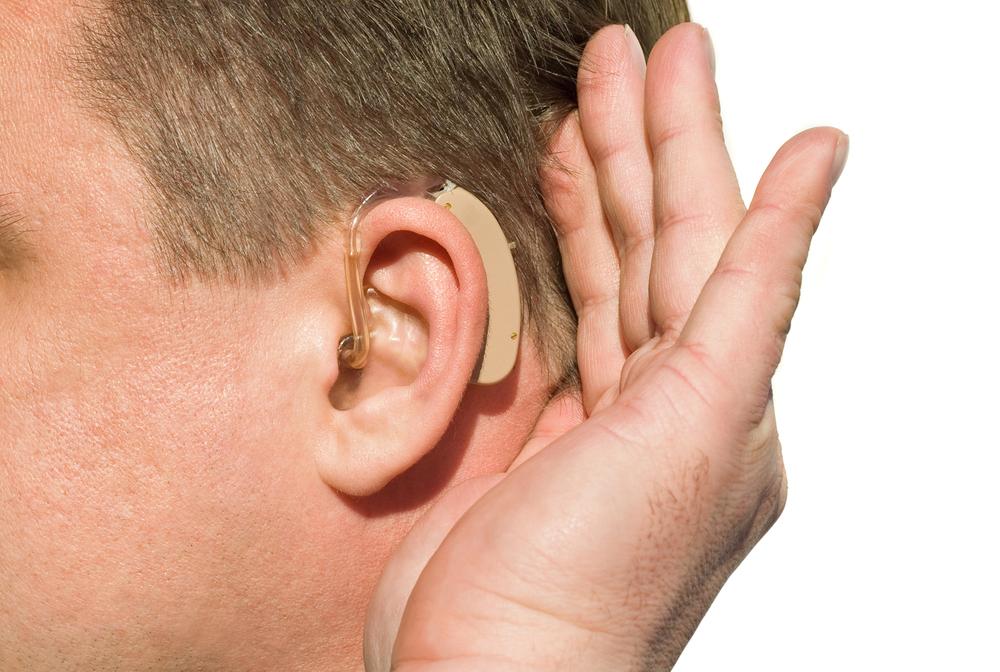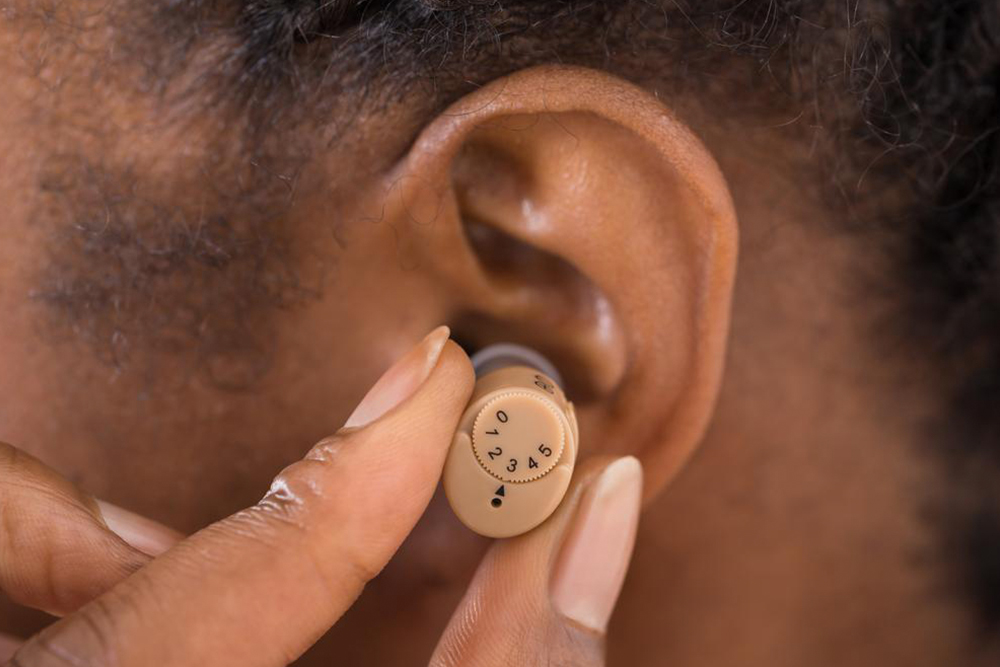Comprehensive Guide to Hearing Testing Procedures
This comprehensive guide explains hearing assessment procedures, their importance, and the different types of tests used to diagnose hearing issues. It highlights who needs regular screenings, optimal frequency, and post-test options, empowering individuals to identify and address hearing health concerns effectively.

Comprehensive Guide to Hearing Testing Procedures
Hearing evaluations are vital tools used by healthcare providers to detect potential hearing issues and assess their severity. These tests are quick, painless, and require no special prep, typically lasting around 30 minutes in a soundproof environment. Different testing methods help identify various types of hearing loss, making accurate diagnosis and effective treatment planning possible. Understanding the types and indications of these assessments is crucial for maintaining auditory health.
What are these evaluations called?
Commonly referred to as hearing screenings or diagnostics, these assessments determine if hearing is within normal limits. If results are abnormal, more detailed audiological assessments follow for precise diagnosis.
Performed mainly by audiologists, these tests help identify the kind and degree of hearing impairment.
Who should consider a hearing check?
Routine hearing screenings are recommended for various groups, especially children from birth, during medical exams or school visits. Those experiencing hearing difficulties, older adults, or individuals exposed to loud sounds may need testing. Sometimes, hearing loss is noticed only when others comment on the issue.
High-risk individuals should schedule regular hearing assessments, including:
Occupational noise exposure
Use of loud power tools
Living near loud music venues or using high-volume audio devices
History of head trauma
Previous ear infections
Family history of hearing problems
How frequently should hearing tests be done?
Testing frequency depends on individual risk factors. Those working in noisy environments should have annual checkups. Generally, adults are advised to undergo hearing assessments in their 50s or 60s, or sooner if symptoms appear. Online screening tools can help identify potential issues warranting professional follow-up.
Types of hearing evaluations include:
Pure-tone audiometry
Determines the quietest sounds at different pitches, useful across all ages to establish hearing thresholds.
Bone conduction tests
Detects obstructions like earwax or fluid and assesses sensorineural hearing loss.
Speech audiometry
Involves repeating words to assess speech clarity and understanding, suitable for children and adults.
Auditory Brainstem Response (ABR)
Used for infants or those unable to complete standard tests, evaluating nerve pathways from ear to brain.
Otoacoustic Emissions (OAE)
Checks inner ear response to sounds, ideal for infants and young children.
Tympanometry
Measures eardrum movement to detect fluid, perforations, or wax buildup.
Post-evaluation steps , the results guide treatment options. Blockages or fluid issues may require referral to an ENT specialist. Confirmed hearing loss leads to a detailed assessment by audiologists, who recommend suitable hearing aids and assist with fitting to ensure optimal use and comfort.


